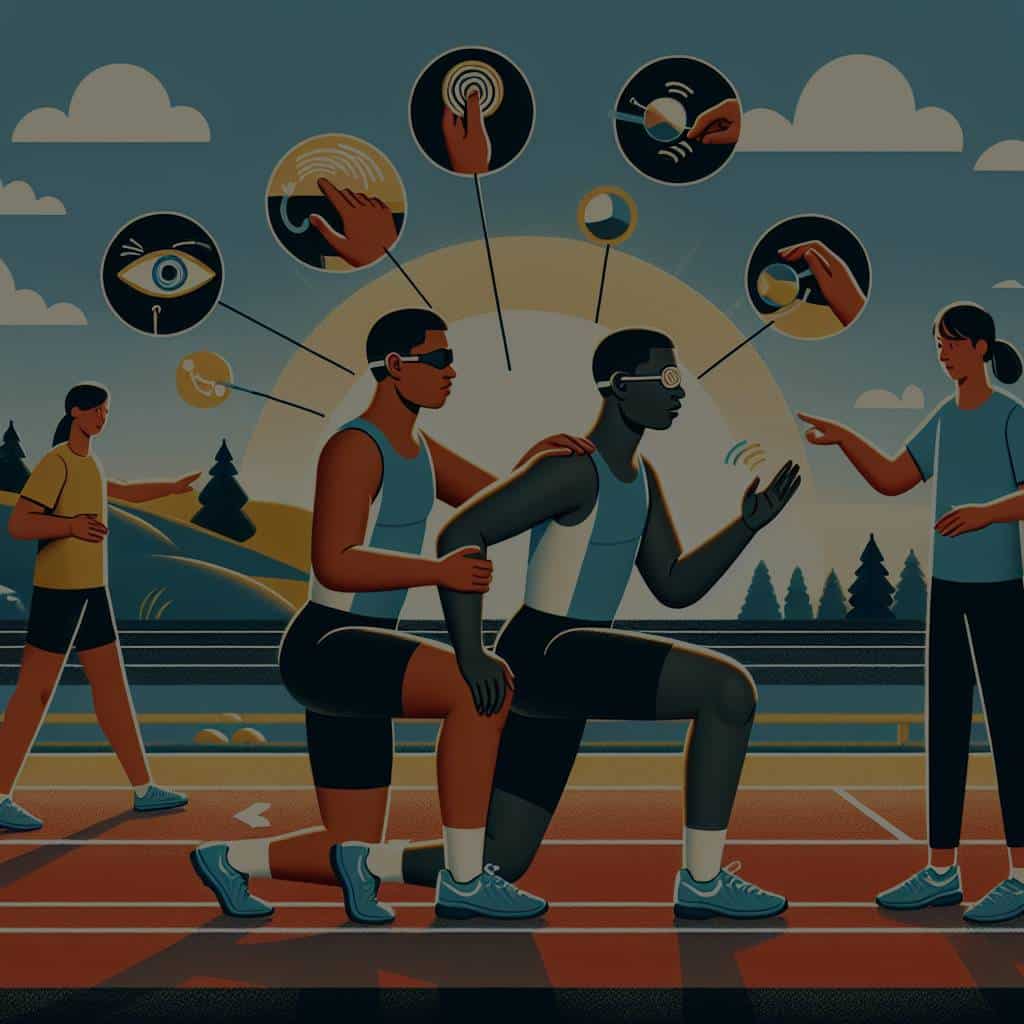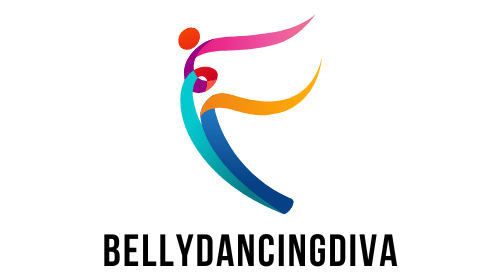What Strategies Can Optimize Performance for Athletes with Visual Impairments?

Visual impairment is a condition that places an individual at a distinct disadvantage, particularly in sports. However, with the right strategies and training, athletes with visual impairments can compete effectively and perform at their best. Many studies have revealed that visual impairment doesn’t necessarily inhibit an individual’s ability to participate and excel in physical activities and sports. This article will explore the various strategies that can optimize performance for athletes with visual impairments. We will delve into the role of Google Scholar, PubMed, and PMC in providing these strategies.
Harnessing The Power of Google Scholar for Sports Research
Google Scholar is an essential tool that gives you access to a vast sea of information. It is a scholarly search engine that provides access to numerous articles, theses, books, conference papers, and court opinions from academic publishers, professional societies, online repositories, universities, and other web sites. It’s a goldmine of information for anyone interested in sports health research.
Dans le meme genre : What Are the Techniques for Reducing Anxiety Before Major Gymnastics Competitions?
Research is an integral part of developing strategies to optimize the performance of athletes, especially those with visual impairments. Using Google Scholar, you can glean insights from various studies that delve into the best techniques for athletes with visual impairments, from balance training to activity adaptation.
For instance, studies have shown that balance training can significantly improve the performance of athletes with visual impairments. Balance, which is crucial in sports, can be even more challenging for athletes with impaired vision. Through Google Scholar, you can access multiple studies that provide strategies for improving balance and coordination.
A lire également : How Can Advanced Fabrics Improve Aerodynamics for Speed Skaters?
PubMed and PMC: The Treasure Troves of Health Studies
PubMed and PubMed Central (PMC) are also excellent resources for uncovering studies that deal with sports health, especially with regards to athletes with visual impairments. PubMed, a free search engine, provides access to the MEDLINE database of references and abstracts on life sciences and biomedical topics. PMC, on the other hand, is a free archive of biomedical and life sciences journal literature.
These platforms provide a wealth of information on how physical activity can be adapted to cater to the needs of visually impaired athletes. They also offer insights into how these adaptations affect performance. For example, paralympic athletes often use tactile cues and other non-visual signals to navigate their sporting environments. These adaptations can be incredibly beneficial in optimizing their performance.
The Role of Visual Training in Enhancing Performance
Visual training is another crucial strategy that can help optimize the performance of visually impaired athletes. It involves using exercises and activities to improve visual skills, such as peripheral vision, depth perception, and hand-eye coordination.
Despite their visual impairment, athletes can still improve certain aspects of their vision. For instance, studies have shown that peripheral vision can be improved with specific training. This type of vision is crucial for athletes, allowing them to see objects outside their direct line of sight. Enhanced peripheral vision can significantly improve an athlete’s performance, especially in team sports where situational awareness is essential.
Paralympic Strategies: A Model for Athletes with Visual Impairments
The Paralympic Games are a testament to how athletes with disabilities, including visual impairments, can perform at the highest levels. These athletes employ various strategies that enable them to compete effectively.
Paralympic athletes with visual impairments often compete with the help of a guide. This strategy could be adapted to other sports settings to improve performance. Furthermore, many Paralympic sports use equipment adapted to the athletes’ needs, such as audible balls in football.
Adapting equipment and rules to fit the needs of visually impaired athletes, akin to what is done in Paralympic sports, could be an effective strategy. It allows these athletes to participate fully and compete effectively in their chosen sports.
The Impact of Physical Training on Performance
Physical training is an essential strategy for any athlete, but it’s especially crucial for athletes with visual impairments. These athletes can face additional physical challenges, such as reduced balance and coordination. Therefore, tailored physical training can help overcome these challenges and optimize performance.
Physical training programs for visually impaired athletes often focus on improving balance and coordination. This is achieved through exercises that challenge the athlete’s stability and encourage their body to adapt to balance-demanding situations. In addition, strength and endurance training are also integral components of the physical training program.
By adopting these strategies and adapting them to their specific needs and sports, athletes with visual impairments can optimize their performance. The key lies in understanding the unique challenges they face and tailoring the training approaches to address these challenges.
Incorporating Adapted Physical Activity in Training Regimes
Adapted Physical Activity (APA) is a unique strategy that tailors exercises to the specific abilities and needs of individuals with disabilities, including those with visual impairments. APA can significantly enhance an athlete’s performance by focusing on their strengths and addressing their specific challenges.
For an athlete with visual impairment, an APA program could involve exercises that enhance spatial awareness, sensory integration, and balance. Google Scholar, PubMed, and PMC provide numerous articles and studies that explore the benefits and methodologies of APA.
Research indicates that APA is not only beneficial in improving physical fitness but also in enhancing psychological well-being. Engaging in physical activity can help boost confidence, reduce anxiety, and improve self-esteem. It is pivotal to remember that mental health and physical performance are interconnected, and improving one can positively impact the other.
Moreover, APA is often used in conjunction with other strategies, such as the use of adapted equipment and the guidance of a coach or trainer. Adapted equipment can range from tactile markings on athletic tracks to balls with bells for sports like football and goalball. These adaptations can significantly enhance an athlete’s ability to participate and excel in their chosen sport.
Conclusion: Embracing a Multifaceted Approach
In conclusion, optimizing performance in athletes with visual impairments requires a multifaceted approach. This approach includes research-based strategies, physical training tailored to the athlete’s needs, and the use of APA and visual training.
Harnessing the power of platforms such as Google Scholar, PubMed, and PMC can provide a wealth of information to develop effective strategies. Studies available in these platforms provide insights into the benefits of balance training, use of tactile cues, and the adoption of adapted physical activity.
Visual training can also play a crucial role in enhancing the performance of visually impaired athletes, by working on improving aspects of vision such as peripheral vision and depth perception. Furthermore, the strategies adopted by Paralympic athletes serve as a valuable model that can be emulated in different sporting environments.
Physical training, especially when tailored to address the specific challenges faced by visually impaired athletes, can significantly optimize performance. This can involve exercises to improve balance and coordination, alongside strength and endurance training.
Ultimately, visual impairment need not be a barrier to participation and excellence in sports. With the right strategies, resources, and supports, athletes with visual impairments can excel in their chosen sports. The journey may be filled with challenges, but with perseverance, adaptations, and innovative strategies, these athletes can reach their full potential.
